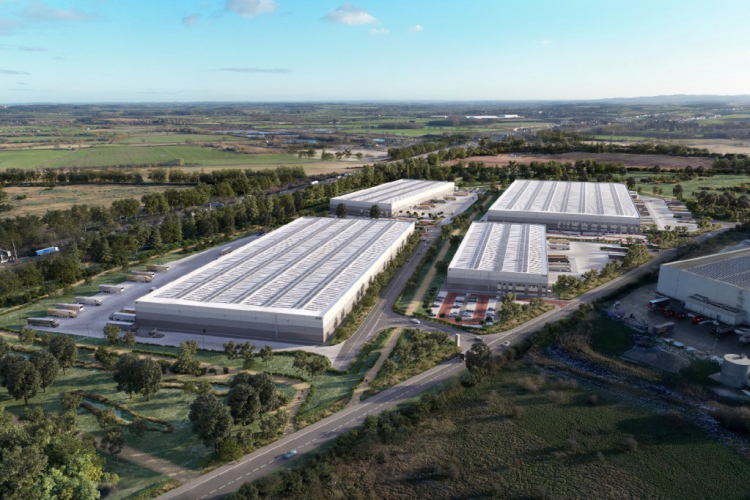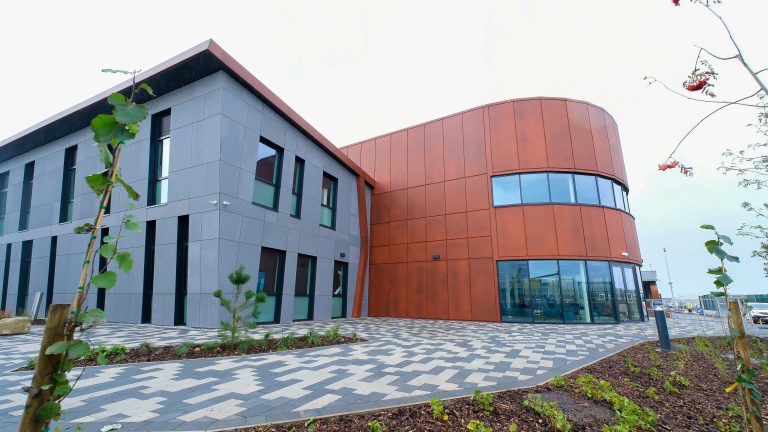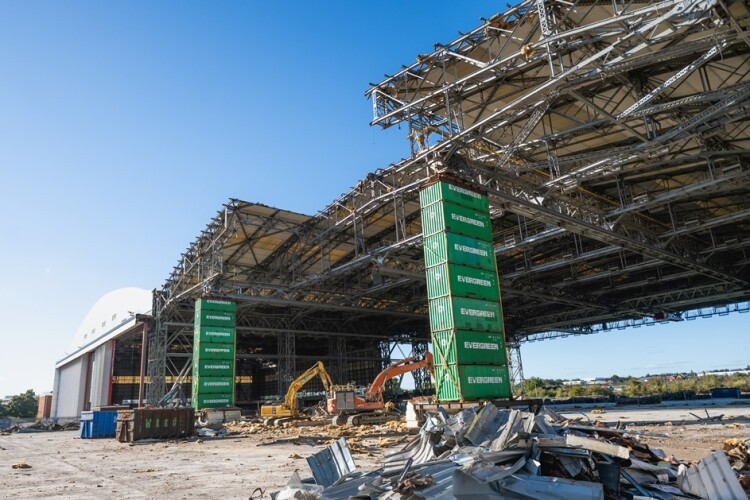Integra Buildings has been formally presented with The King’s Award for Enterprise as it proudly flies the flag for modular construction. Integra welcomed His Majesty The King’s representative for the East Riding of Yorkshire, Lord-Lieutenant Jim Dick OBE, to its site in Paull, near Hull, to receive the royal accolade. The Lord-Lieutenant’s role dates back to Tudor times and the holder of the post represents The King within the region, supporting and visiting voluntary, charity, and business organisations who are doing great things in the local community. After a special ceremony, attended by many of Integra’s 180-strong team, the Lord-Lieutenant and two Deputy Lieutenants were shown around the business’ production facilities, meeting team members and hearing about the company’s work as a leader in the modular construction sector. The Lord-Lieutenant said: “I’m very proud for Integra and what they have achieved. The King’s Award is a hugely prestigious accolade, and is not easily won. “I’m pleased that the region is represented by such a strong business. It is recognition of all of the employees at Integra, under Gary’s leadership, and I congratulate each and every one of them.” In May, Integra was announced as one of just 27 recipients nationally of The King’s Award for Enterprise in Sustainable Development in 2025. Regarded as the country’s most prestigious business honour, The King’s Award recognises Integra as a trailblazer and a pioneer in sustainable construction, demonstrating that modular can lead the way in addressing climate challenges while delivering commercial success. Integra SHEQ Director and Co-owner, Paul Tansey, said: “It was a huge honour to host the Lord-Lieutenant and Deputy Lieutenants to our site, and to show them around our production facilities so they could see first-hand the work we do. “In receiving The King’s Award, we have demonstrated that modular has a key role to play in the future of sustainable construction, producing buildings which are exceptional in quality and in environmental standards. “We’re extremely proud to be recognised as one of the country’s most forward-thinking, sustainable businesses. This is a day that will live long in the memory for all of our colleagues.” As the only modular construction company named as a 2025 King’s Award recipient, Integra was commended for “challenging the boundaries of what is possible in sustainable construction through bespoke design and offsite manufacturing”. Whether it’s through the buildings it delivers, the development of its team or making responsible decisions across its supply chain, sustainability is rooted in Integra’s values. The company has cut gas consumption by 22 per cent since 2022, with plans to remove it altogether by 2028, and has installed more than 1,000 rooftop solar panels on office and production facilities to generate 380,000KW of clean electricity capacity. An impressive waste reduction programme has seen materials sent to landfill cut from 70 per cent to 1.2 per cent in just three years, and Integra’s evolution into a multi-disciplinary, full turkey construction company has significantly increased project efficiency and sustainability. After being announced as a 2025 King’s Award winner, Integra’s CEO Gary Parker was invited to a royal reception at Windsor Castle, where he had the honour of meeting His Majesty The King, speaking to King Charles about the importance of modular as a construction method. Integra’s innovative approach was also recently highlighted at the 2025 Offsite Awards – considered the “Oscars” of the modular industry – when Integra was crowned Offsite Pioneer of the Year. Integra Managing Director Chris Turner said: “To receive not one, but two, major awards this year reflects a total commitment across our operations to set new standards and push boundaries in what modular construction can achieve. “We’ve invested significantly, not only in sustainability, but in our own operations and our people, which positions us for future growth and success. “On this special day, the Directors would like to express our thanks to our brilliant team. They have all played their part in securing these prestigious awards.” Building, Design & Construction Magazine | The Choice of Industry Professionals














